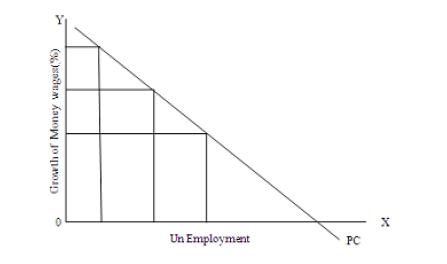It is not difficult to argue that Max Weber has outlived all his competitors in the classical tradition. His ideas have inspired scores of sociologists in a host of areas for more than sixty years. The contemporary vitality of these ideas is in no small measure due to the fact that he is the most prominent advocate of modernism and that he has both resisted and justified some of postmodernism’s most convincing criticisms of modern social science and society. When analysing the statement that “the fate of our times is characterized by rationalization, intellectualization and about all by the disenchantment of the world” one must look into all aspects of the 3 ways of thinking that Weber has described; rationalism, Continue reading
International Economics
Theories of International Investments
International investments mean investments beyond borders. International investments refer to investments by entities of a nation in nations other than their own. Foreign investments involve export of capital. The opportunity for International investments is directly emanating from economic reformist policies adopted by most of the countries of the world including centrally planned and command economies. Liberalization, Privatization and Globalization (LPG) are vigorously pursued by the countries giving an up-thrust on investment opportunities. Broadly there are two types of foreign investment, namely, foreign direct investment (FDI) and foreign portfolio investment (FPI). FDI refers to investment in a foreign country where the investor retains control over the investment. It typically takes the form of starting a subsidiary, acquiring a stake in an Continue reading
Supply-Side Economics
The early 1980s saw the emergence of a new school of thought that emphasized the impact of aggregate supply on the economic growth of nations. This new school of thought was called supply-side economics. Supply-side economists argued that creating an economic environment that provided incentives for people to work and save money, and also an environment that is conducive for firms to invest and create employment would cause an increase in aggregate supply. The supply-side economists assumed that the aggregate demand of the nation was always adequate and that it would absorb the aggregate supply, thus indicating their acceptance of Say’s law. Supply-side economics, thus, laid emphasis on reduction in tax-rates and social spending, promotion of free labor markets and Continue reading
Dumping Concept in Managerial Economics
The term Dumping means selling a firms product in foreign market at a price lower than in the home market. Dumping is a form of price discrimination. Let us elaborate ‘dumping’ by considering the following illustrations : Suppose the producer is selling in two markets; viz, the home market and the world market. In the home market he is saddled as a monopolist but in the world market there is perfect competition. Let us therefore analyse the price-output policy of the producer under this peculiar situation. Since there is perfect competition in the world market, the producer has to take the price which prevails in the world market. This is represented by the horizontal average revenue curve Continue reading
Different Approaches to Profit in Managerial Economics
Profit is the reward which goes to organization as a factor of production for its participation in the process of production. Profits differ from other factor rewards in the following ways: Profit is a residual income left after the payment of contractual rewards to other factors of production. The entrepreneur while hiring other factors of production enters into contract with them. He pays wages to workers, rent for land and interest for borrowed capital and the residue or whatever is left is his profit. Thus profits become non-contractual in character. The various factors of production are rewarded even before the sale of the product and irrespective of its sales whereas profits accrue only after the product is sold. The rewards Continue reading
Stagflation and Phillips Curve
Meaning of Stagflation The present day inflation is the best explanation for stagflation in the whole world. It is inflation accompanied by stagnation on the development front in an economy. Instead of leading to full employment, inflation has resulted in un-employment in most of the countries of the world. It is a global phenomenon today. Both developed and developing countries are not free from its clutches. Stagflation is a portmanteau term in macro economics used to describe a period with a high rate of inflation combined with unemployment and economic recession. Inflationary gap occurs when aggregate demand exceeds the available supply and deflationary gap occurs when aggregate demand is less than the aggregate supply. These are two opposite situations. For Continue reading


